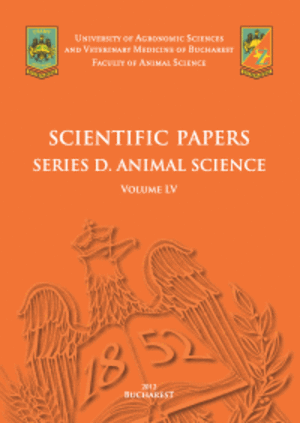Published in Scientific Papers. Series "Management, Economic Engineering in Agriculture and rural development", Vol. 25 ISSUE 1
Written by Alona MALIKOVA, Yuliia PAVLENKO, Yuriy SKLIARENKO, Tatyana CHERNYAVSKA, Marina SHKURKO, Olha KORZH, Igor RUBTSOV
Recently, scientists increasingly use the achievements of genetics in the practical selection of dairy cattle. Special attention is paid to genes associated with indicators of cows’ milk productivity. These include genes for CSN2, CSN3, BLG and others. The CSN2 gene genotype of animals is being studied especially intensively today, which is explained by the assumption of its influence on human health. Two groups of animals derived from local Lebedyn cattle has been studied. The difference in frequencies of complex genotypes CSN2/CSN3/BLG has been found. Brown breeds characterized by a high frequency of complex genotypes CSN2А2А2BLGВВ, CSN3BBBLGAB, CSN2А2А2CSN3АВ, CSN2 А2А2CSN3ВВ. Black and white breeds characterized by a high frequency of complex genotypes CSN2А1А2BLGAВ, CSN3ААBLGAB, CSN2А1А2CSN3АА, CSN2А2А2CSN3АА. According to the distribution of individual loci, no cows with complex genotypes CSN2А1А1BLGAА, CSN2А1А2BLGAА, CSN2А1А1CSN3АВ found among brown breeds of animals, among black and white breeds of cows there were no animals with CSN2А1А2BLGВВ, CSN2А1А1CSN3АВ complex genotypes. A statistically significant difference in terms of milk productivity found between several genotypes. We consider the number of livestock recommended by the FAO for studies of the genetic structure by individual loci does not allow to fully research the genetic structure according to complex genotypes.
[Read full article] [Citation]

 Next Issue will be published according the the calendar.
Next Issue will be published according the the calendar.



